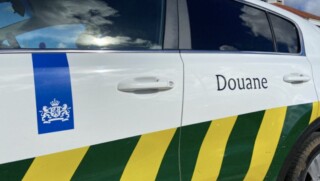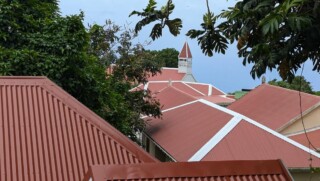Research maps seabed of Saba and Saba Bank area
THE BOTTOM – Recently researches from the Dutch University of Wageningen has initiated a study on the situation of the seabed of Saba, particularly the Saba Bank.
The Saba Bank is a submerged carbonate platform with an area of approximately 2,200 square kilometers. Despite its size and ecological importance, little is still known about the habitat on the seabed.
Using machine learning techniques, researchers have developed models to map ten different habitat types in the area. The approach, described as groundbreaking by researchers at Wageningen University, combined geographical coordinates with environmental factors such as depth and topography to make predictions with unprecedented accuracy. This technique represents a leap forward in the local understanding of marine ecosystems.
The findings encompass a wide range of habitat types, each contributing to the unique ecological seascape of the Saba Bank. The new maps include coral reefs surrounding the southern and eastern edges, and extensive sand flats and microalgae fields dominating the central areas. Unexpectedly, the models also discovered a rich coral community in the deeper waters of the Luymesbank, challenging previous ideas about the distribution of coral. These discoveries highlight the unpredictability of marine ecosystems and the importance of further research.
Further research
The journey does not end here. Despite the successes of the study, areas like the Luymesbank remain largely unknown. This study emphasizes the need for further field observations and underscores the dynamic nature of marine research. The implications of this study extend far beyond the Saba Bank and provide a blueprint for the conservation of habitats in the Dutch Caribbean.
By providing detailed habitat maps, this research supports sustainable fisheries, biodiversity conservation, and informed policy-making. For park managers, local governments, and conservationists, this information is invaluable and provides new insights into the ecological dynamics of marine environments.




















